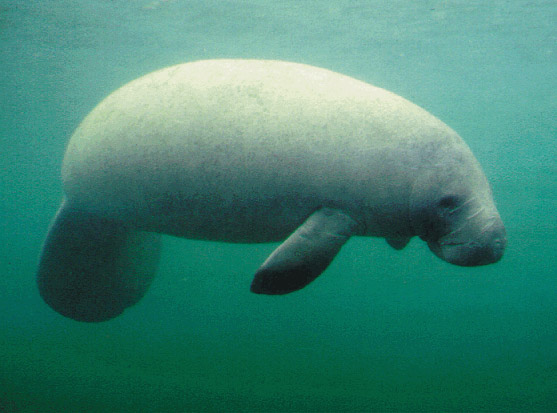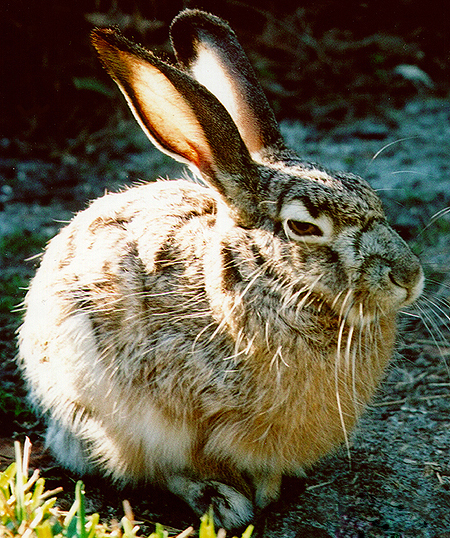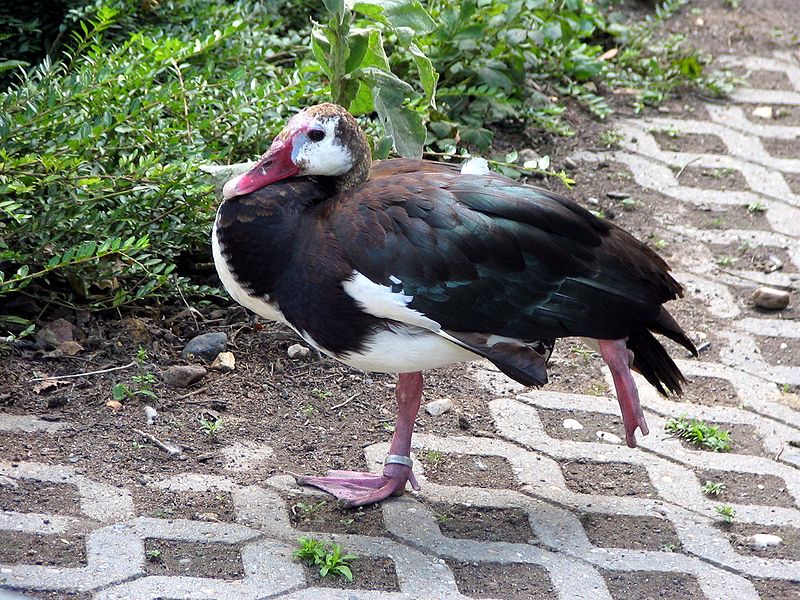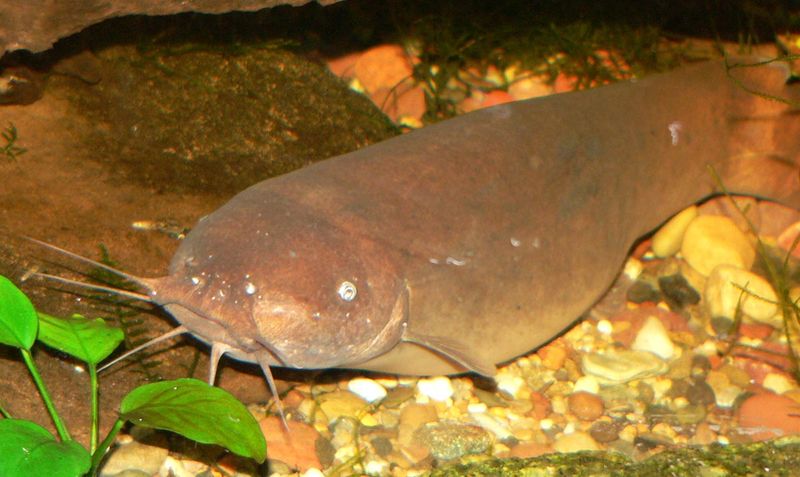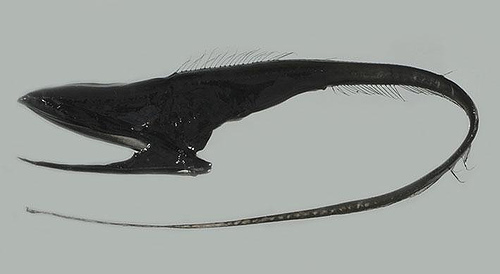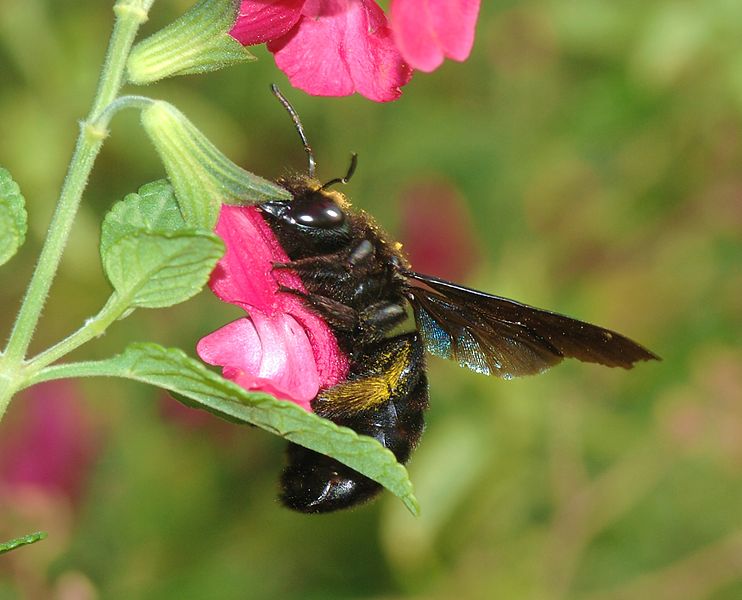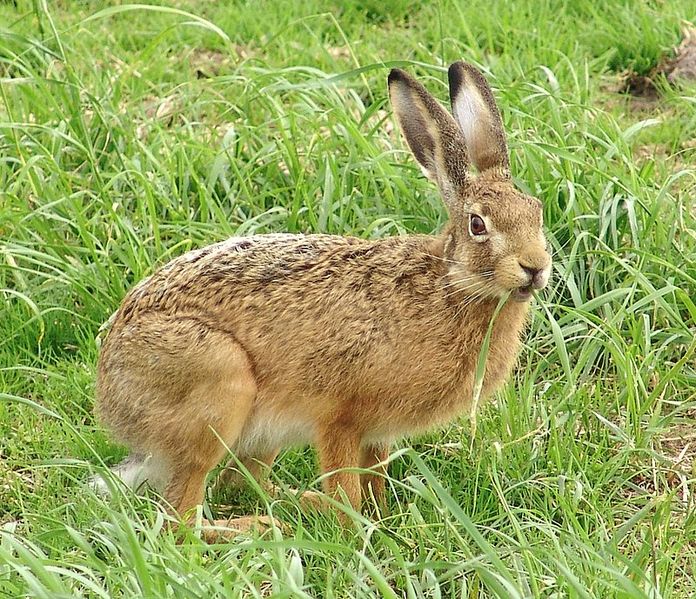
Well, we might as well keep the trend of the Tortoise and the Hare going to close out the week. Today’s Wild Fact is going to be on the European Hare. This particular speedy animal is native to most of Europe and Western Asia but has also been introduced to other countries including Canada. Surprisingly enough, the European Hare was introduced in Ontario from Germany but has not yet spread to the neighbouring provinces. I am sure if the European Hare wanted to spread, they would be able to do so very quickly.
I say this since this Hare can reach speeds up to 55 km/hr (34 mph) when they are startled and need to make a quick getaway. I am thinking even the slow and steady tortoise wouldn’t be able to make up the distance the European Hare could cover moving at those speeds. Naturally, the European Hare relies on this speed to escape potential predators. As a result, they prefer to live in open areas such pastures and fields where they can utilize this speedy asset. Have you ever tried running full speed in a thick forest? Probably wouldn’t work very well.
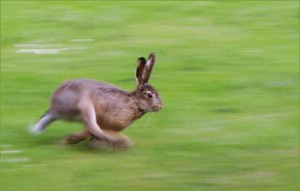
Typically the European Hare is a shy and timid animal that doesn’t like to attract too much attention to itself, which is a good strategy if you are a small, tasty mammal. Although, it seems like these little guys really get caught up with Spring fever. Once the season of love comes around the European Hare can be seen running around and playing in the open fields. You may even be able to catch a boxing match. That’s right, these animals will actually use their front paws to hit each other. Now you would normally think this is two males squaring off to battle for the attention of the female. Believe it or not, this isn’t usually the case. For the most part, the female is trying to either test the strength of the male to see if he is worthy or to tell him that she doesn’t want anything to do with him at this point in time. Obviously, I don’t condone spousal abuse but this is an interesting behaviour.
European Hare Fast Fact – Unlike some other hare species, the European Hare does not change from brown to white as winter rolls around. They will typically turn a lighter grey but not a full out white. I wonder how this impacts their survival rates in places where they have been introduced such as Ontario?
Well folks, the Tortoise and Hare week is complete. I hope you enjoyed the race and I will see you back here on Monday for a new Wild Fact.

